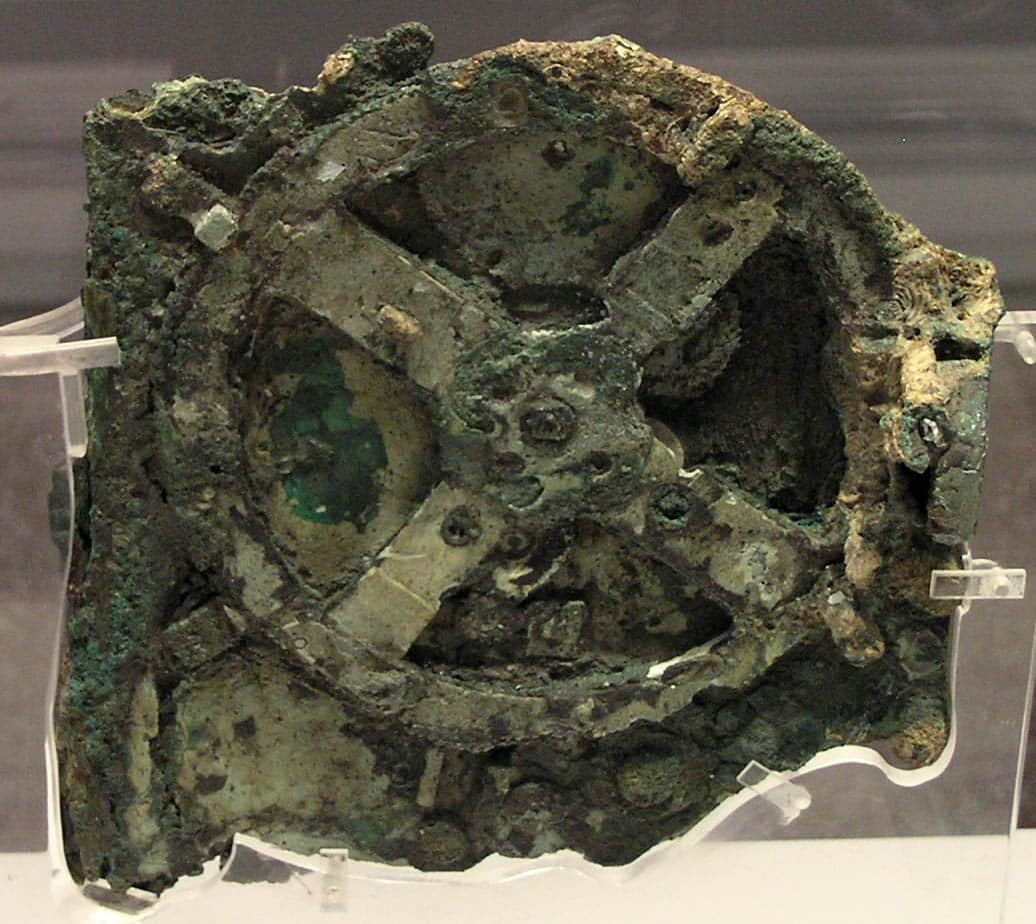

More than a century after its discovery, the mysterious Antikythera Mechanism—often called the world’s first analog computer—continues to spark debate on whether it was an astronomical tool or not. While earlier studies suggested the 2,000-year-old device was used to track celestial movements, new research raises the possibility that it may have been far less functional than believed.
A group of Argentinian scientists recently recreated a digital model of the mechanism to better understand how it might have worked. Their study, posted April 1 on the preprint server arXiv, suggests the device may have jammed frequently and required constant resetting. This challenges the long-standing idea that it was a precise tool used by ancient astronomers.
The Antikythera Mechanism was recovered in 1901 from a shipwreck off the coast of the Greek island of Antikythera. For decades, it baffled researchers. Its complex system of gears, dials and indicators suggested it served a purpose far beyond simple mechanics. In recent years, high-resolution scans revealed it could track dates from multiple calendars, follow the positions of the sun, moon and planets, and even predict eclipses.
But its exact function remains a mystery.
The new simulation incorporated not just the visible gear arrangements, but also minor flaws likely present in the original build—such as uneven gear spacing. Importantly, the researchers paid close attention to a small but significant detail: the triangle-shaped teeth on the gears. These teeth help determine how smoothly the mechanism moves and how well it aligns with intended indicators.
The simulation’s results showed the mechanism could only be turned forward by about four months before the gears either jammed or disengaged. At that point, a user would have had to reset the entire device to continue using it. The researchers compared this malfunction to fixing a jammed printer.
Such findings raise questions about the mechanism’s purpose. One theory is that it may have been an educational model or display piece—not intended for precise, long-term use. Similar to a mechanical watch that needs winding, the mechanism could have required regular adjustment.
Still, the level of craftsmanship complicates that idea. The design is detailed and intricate, far beyond what would be expected for a toy or simple teaching tool. Researchers argue that if accuracy didn’t matter, there would have been little reason to build such a complex device.
Another possibility is that modern scans do not fully capture the mechanism’s original condition. Over 2,000 years of corrosion may have distorted key parts. CT imaging has limits, and the fine details of gear spacing or alignment may no longer be reliable. It’s possible that the original device was far more accurate and durable than it appears today.
Despite modern efforts, the Antikythera mechanism remains one of history’s greatest mysteries, whether it was an astronomical tool or not.
